Smoked Paprika vs. Paprika: A Flavorful Comparison You Can’t Ignore
Table of Contents
Introduction
If you've ever stood in front of a spice rack, staring at two similar-looking jars labeled 'Paprika' and 'Smoked Paprika,' you're not alone. It's easy to think they’re the same—after all, they both come from the same pepper family. But here’s the catch: they’re not. In fact, they bring totally different flavors to your plate. So, is smoked paprika the same as paprika? Let’s break it down.
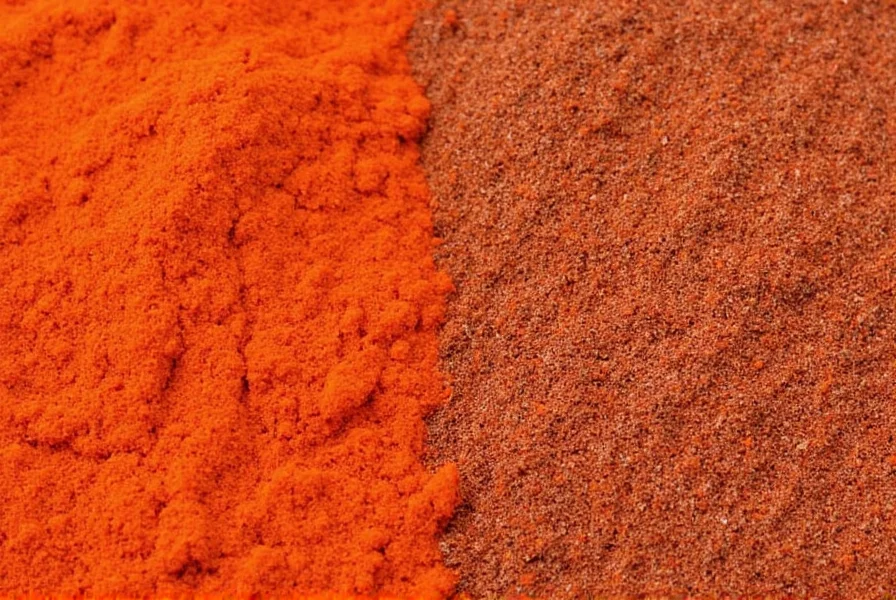
What Is Paprika?
Paprika is a vibrant red powder made from ground dried peppers, typically from the Capsicum annuum species. It's native to Central and South America but has become a staple in many global cuisines, especially in Spanish, Hungarian, and Mexican cooking. There are several types of paprika, including sweet, hot, and smoked, but the base ingredient is always the same—dried peppers.
The flavor profile of regular paprika is usually mild and slightly sweet, with a hint of earthiness. It adds color and a gentle heat (depending on the variety) without overpowering other ingredients. Sweet paprika is the most common type found in grocery stores.
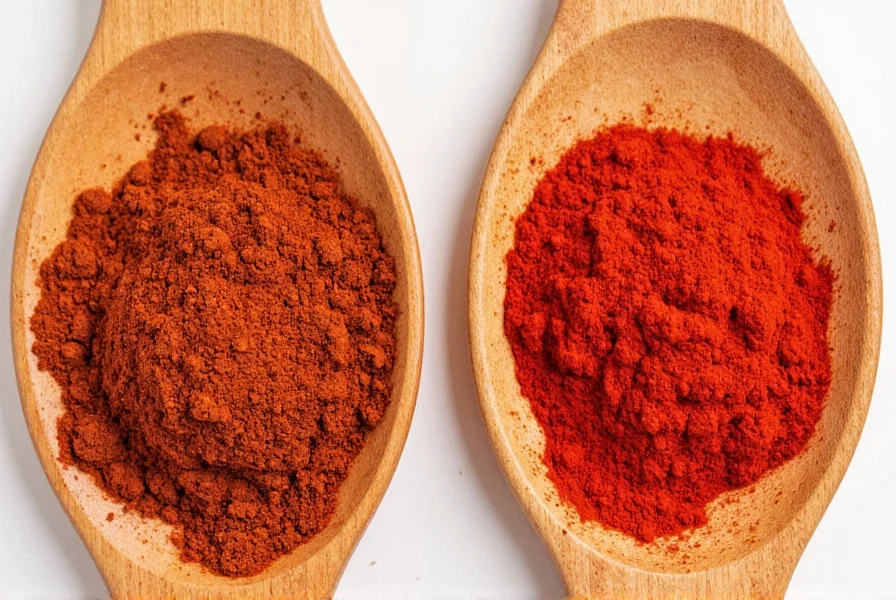
What Is Smoked Paprika?
Smoked paprika, also known as pimentón de la Vera in Spain, is made by drying peppers over an open flame or using a smokehouse process. This gives it a deep, smoky flavor that can range from mild to intense, depending on the level of smoking. Unlike regular paprika, which is just dried and ground, smoked paprika gets its distinct character from the fire treatment.
There are different varieties of smoked paprika too. For example:
- Mild Smoked Paprika: Ideal for adding a subtle smokiness to dishes like paella or soups.
- Hot Smoked Paprika: Contains more heat and is great for bold, fiery dishes.
Smoked paprika is often used in Spanish and Portuguese cuisine, particularly in dishes like chorizo, gazpacho, and grilled meats. Its smoky depth can elevate even simple recipes.
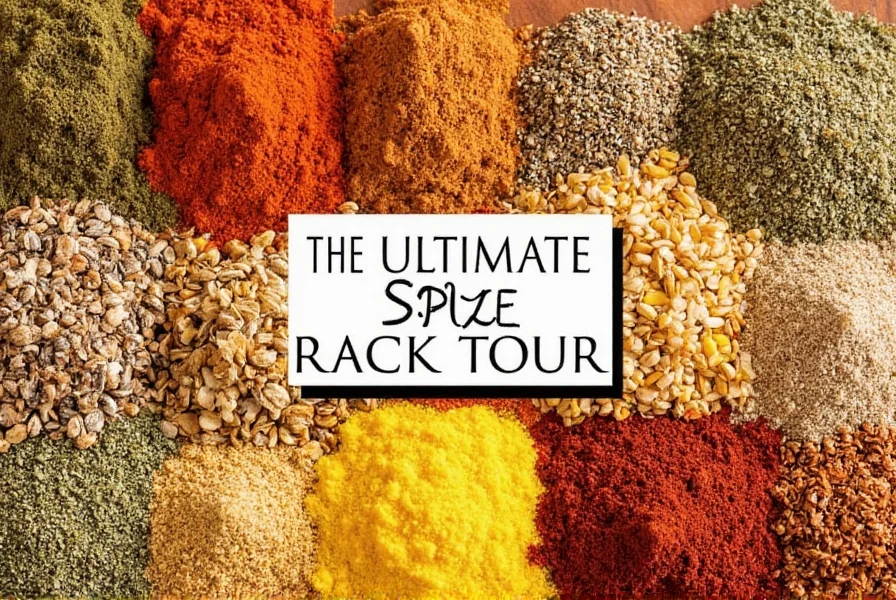
Key Differences Between Smoked Paprika and Paprika
To help you understand the differences, here's a quick comparison table:
| Feature | Paprika | Smoked Paprika |
|---|---|---|
| Origin | Various regions, including Europe and the Americas | Spain, especially from the region of Extremadura |
| Flavor | Mild, sweet, and slightly earthy | Deep, smoky, and rich |
| Heat Level | Mild to moderate (varies by variety) | Mild to very hot (depends on smoking intensity) |
| Usage | Seasoning, coloring, and flavoring | Adding smokiness to meats, stews, and sauces |
| Texture | Fine powder | Fine powder with a slight smoky aroma |
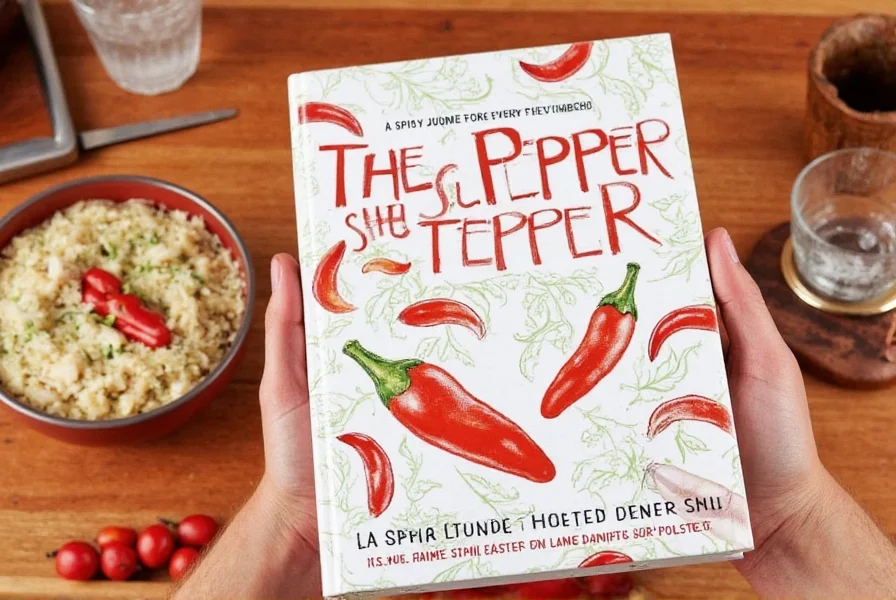
Cooking Tips for Using Both
Now that you know the difference between the two, here are some tips to help you use them effectively in your kitchen:
- Use regular paprika when you want a subtle flavor. It works well in dishes like tomato sauces, omelets, and baked goods.
- Opt for smoked paprika when you want a deeper, richer taste. It’s perfect for grilled meats, roasted vegetables, or even cocktails.
- Don’t substitute one for the other unless you’re okay with changing the dish. The smoky flavor of smoked paprika can’t be replicated with regular paprika.
- Store both in airtight containers away from light and heat. This will preserve their potency and flavor.
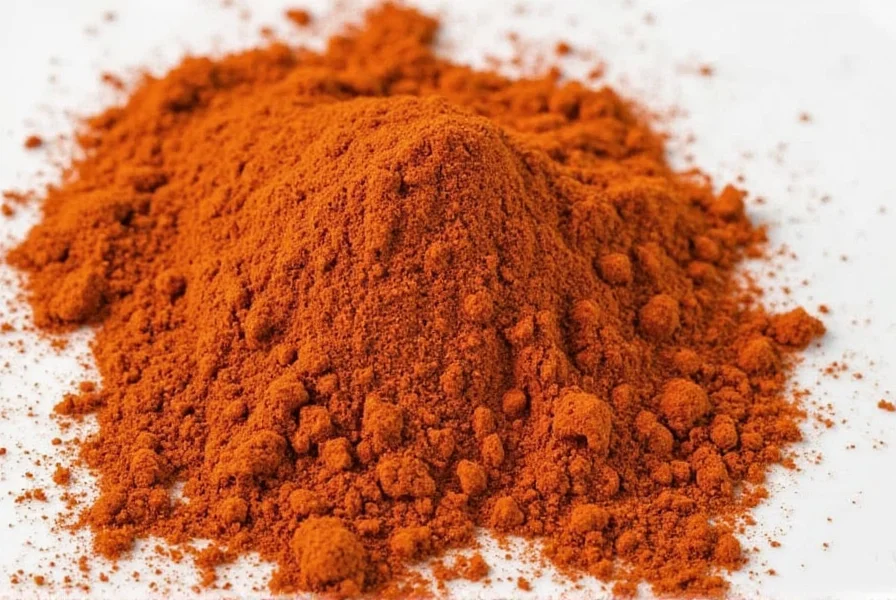
Buying Guide: How to Choose the Right One
Choosing between smoked paprika and regular paprika depends on your recipe and flavor preferences. Here’s a detailed buying guide to help you decide:
Regular Paprika
Features: Mild, sweet, and versatile.
Best For: Dishes that need a touch of color and a gentle heat, such as chili, soups, and sauces.
Target Audience: Home cooks who enjoy basic spice applications and want to add a bit of warmth without strong smokiness.
Suitable Occasions: Everyday meals, casual gatherings, and beginner-level cooking.
Smoked Paprika
Features: Deeply smoky, complex, and rich in flavor.
Best For: Grilled foods, stews, and traditional dishes that benefit from a smoky undertone.
Target Audience: Experienced cooks, BBQ enthusiasts, and those who love bold, layered flavors.
Suitable Occasions: Special occasions, holiday meals, and gourmet cooking.
When purchasing either type, look for high-quality brands that use fresh peppers and minimal additives. Some popular options include:
- La Vaca Loca Smoked Paprika: Known for its rich, authentic smokiness.
- McCormick Sweet Paprika: A classic choice for everyday use.
- Los Tres Reyes Smoked Paprika: Offers a balanced mix of smokiness and flavor.
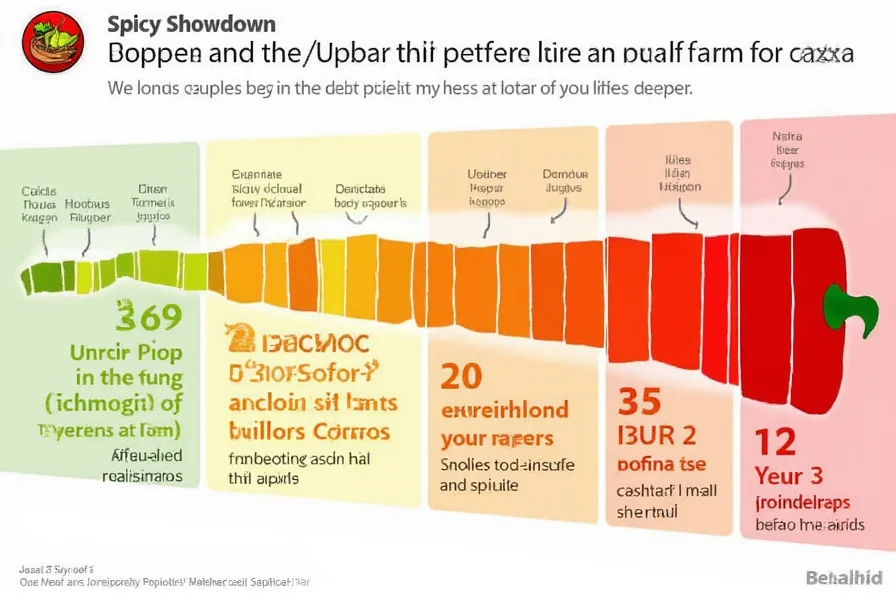
Conclusion
In short, is smoked paprika the same as paprika? No, they are not. While both come from the same pepper family, they differ significantly in flavor, texture, and usage. Regular paprika brings a mild, sweet kick, while smoked paprika adds a deep, smoky richness that can transform a dish entirely.
Whether you're a seasoned chef or a home cook, understanding the difference between these two spices will help you make better flavor choices. So next time you're in the spice aisle, take a moment to read the label—it might just change how you season your food forever.
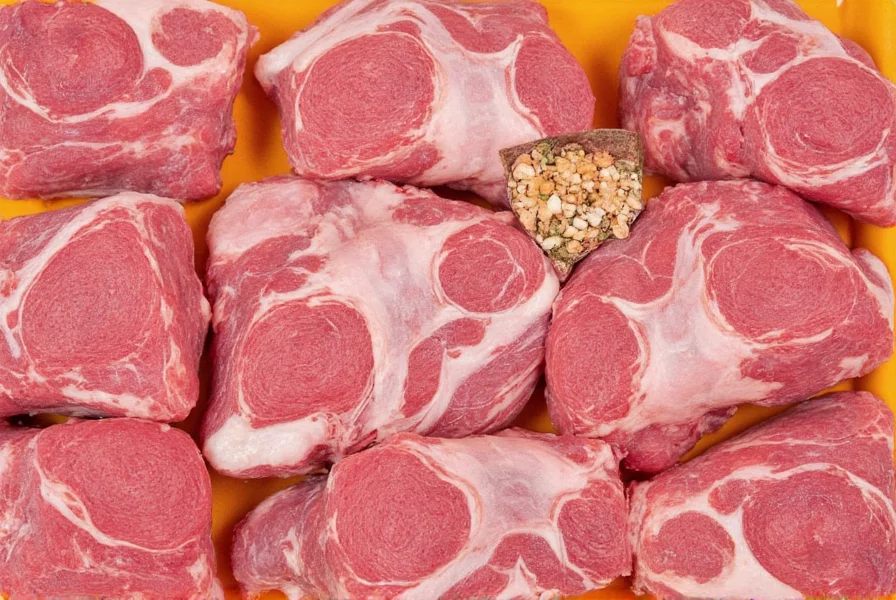

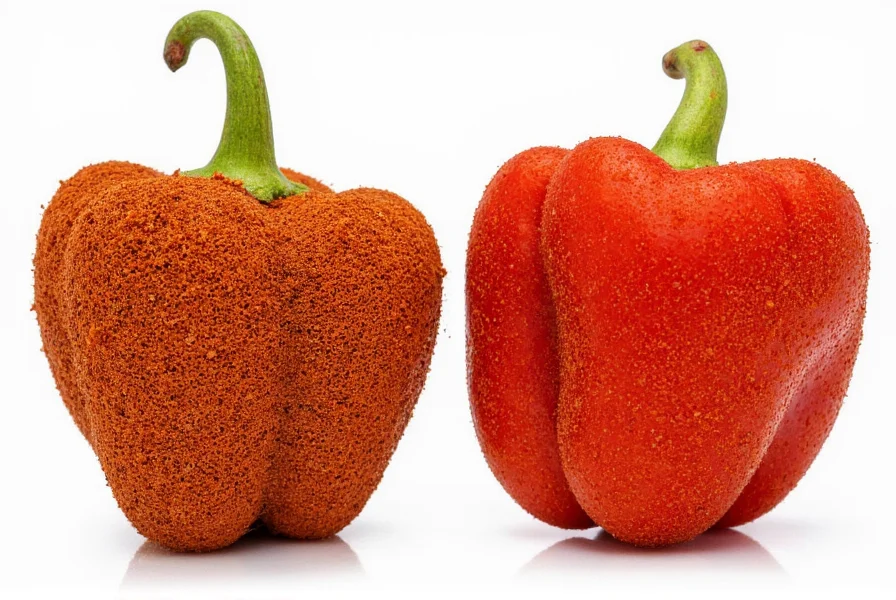









 浙公网安备
33010002000092号
浙公网安备
33010002000092号 浙B2-20120091-4
浙B2-20120091-4